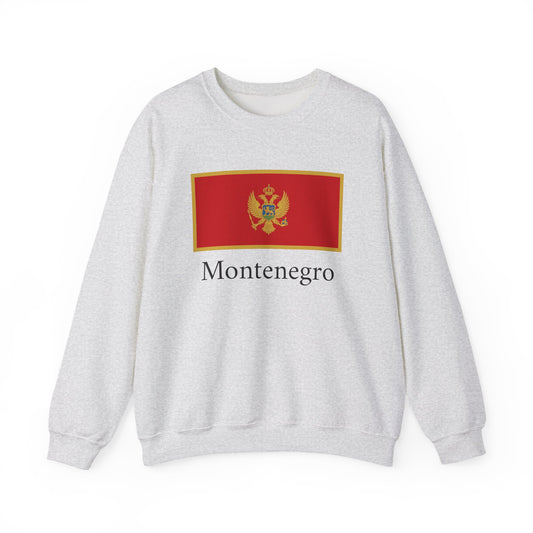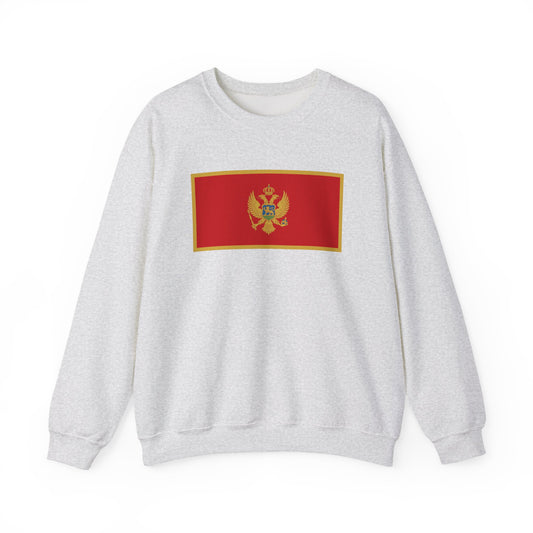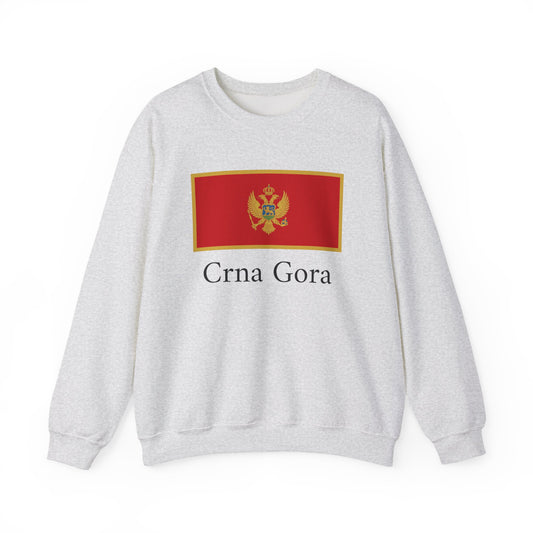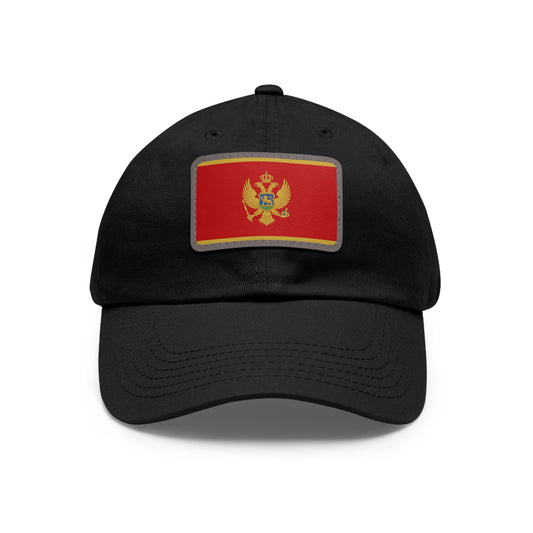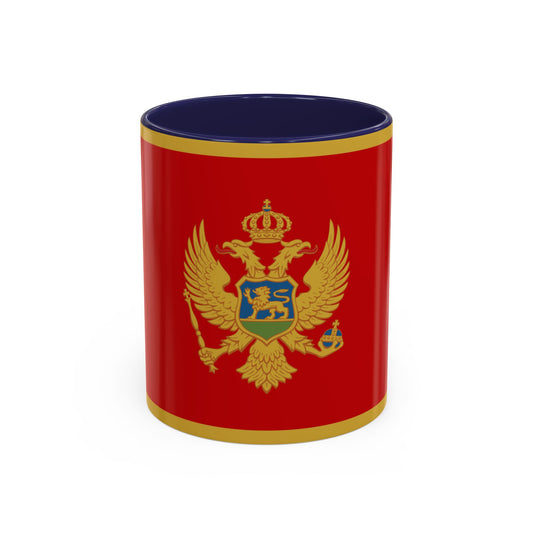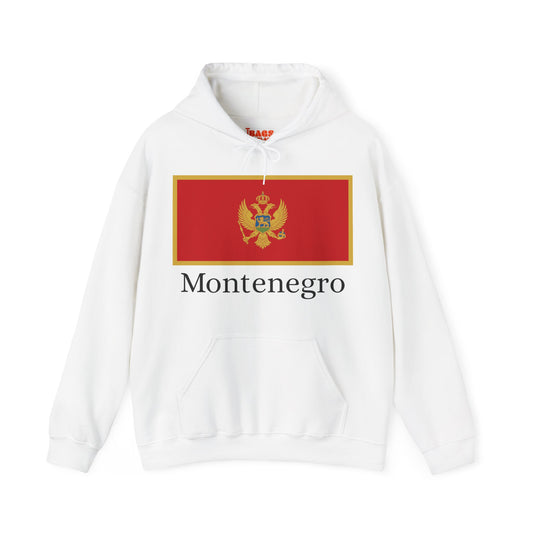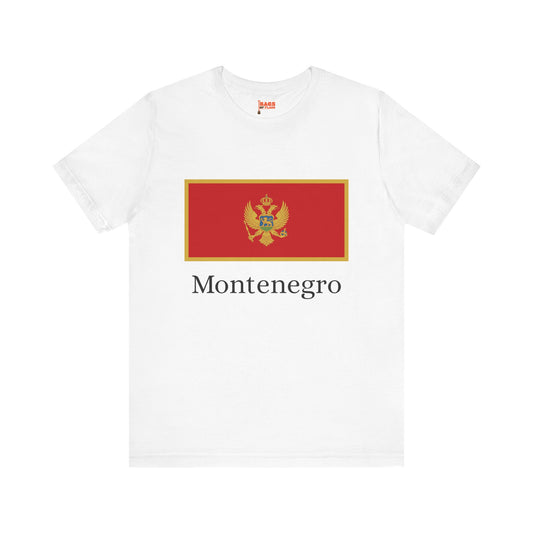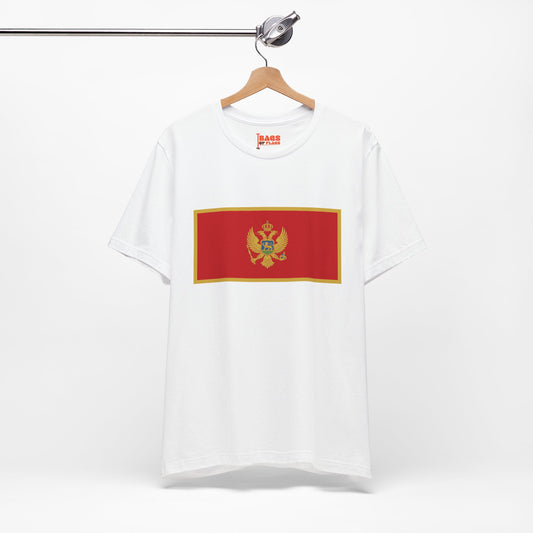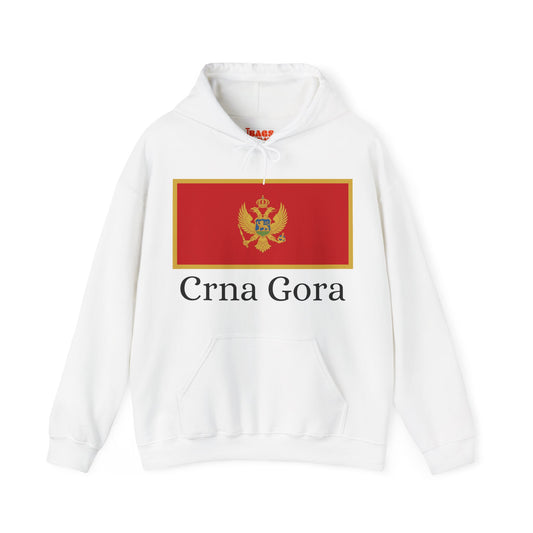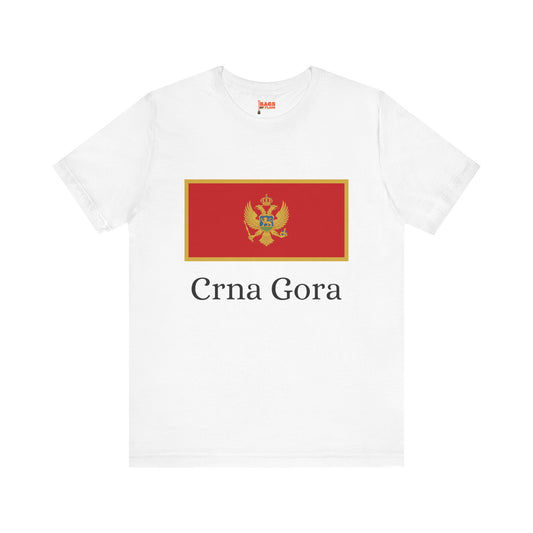-
Montenegro Sweatshirt
Regular price $34.15 USDRegular priceUnit price / per -
Montenegro Flag Sweatshirt
Regular price $34.15 USDRegular priceUnit price / per -
Crna Gora Sweatshirt
Regular price $34.15 USDRegular priceUnit price / per -
Montenegro Pillow
Regular price $22.65 USDRegular priceUnit price / per -
Montenegro Backpack
Regular price $59.79 USDRegular priceUnit price / per -
Montenegro Leather Patch Hat
Regular price $18.85 USDRegular priceUnit price / per -
Montenegro Mug
Regular price $11.65 USDRegular priceUnit price / per -
Montenegro Trucker Cap
Regular price $14.90 USDRegular priceUnit price / per -
Montenegro Hoodies
Regular price $34.40 USDRegular priceUnit price / per -
Montenegro T-shirts
Regular price $22.79 USDRegular priceUnit price / per -
Montenegro Flag Hoodies
Regular price $34.40 USDRegular priceUnit price / per -
Montenegro Flag on T-shirt
Regular price $22.79 USDRegular priceUnit price / per -
Crna Gora Hoodies
Regular price $34.40 USDRegular priceUnit price / per -
Crna Gora T-shirts
Regular price $22.79 USDRegular priceUnit price / per
Collection: Montenegro
The Montenegro flag has a rich history and symbolism that is often overlooked. From its unique design to the colors and symbols incorporated into it, the flag of Montenegro reflects the country's heritage and values. We will delve into the intriguing aspects of the Montenegro flag, exploring its overview, historical context, symbolism, current relevance, and additional facts and protocols.
Overview of the Montenegro Flag

At the heart of Montenegro's national identity is its flag, an emblem rich in design and symbolism. The flag's field is a striking red, surrounded by a golden fringe, creating an eye-catching and meaningful bold contrast. Montenegro's coat of arms is central to the flag, which features a majestic double-headed black eagle capped with a regal crown. The eagle holds a golden scepter and orb in its talons, symbols of sovereign authority and statehood. This central image is placed on a blue field, encircled by a golden wreath, adding depth and tradition to the overall design. The combination of these elements—the vivid red background, the golden frame, and the intricate coat of arms—makes the Montenegro flag not unique among the world's flags but also a powerful symbol of the nation's history, sovereignty, and aspirations.
Historical Context of the Montenegro Flag
Adopted on July 13, 2004, the Montenegro flag we recognize today signifies a pivotal moment in the nation's history, marking its independence and sovereignty following the disbandment of the State Union of Serbia and Montenegro. This date was not arbitrarily chosen; it coincides with the day of the uprising against the Ottoman Empire in 1878, further embedding the flag with deep historical significance. Montenegro's journey to its current flag has seen several transformations, reflecting various periods of its tumultuous past.
Initially, the nation’s flags bore the traditional symbols of the Balkans, evolving through periods of independence, occupation, and union with neighboring states. The introduction of the current design was part of Montenegro's broader efforts to establish a distinct national identity in the post-Yugoslav era. This effort was crucial for distinguishing Montenegro on the international stage, fostering a sense of unity and pride among its citizens. The flag’s adoption was a landmark event, symbolizing the culmination of Montenegro's long-held aspirations for autonomy and recognition on the global platform.
Symbolism Behind the Montenegro Flag

The symbolism imbued in the Montenegro flag is profound, with every element reflecting the nation's identity, heritage, and aspirations. The dominant feature, the double-headed eagle, traces its origins back to the Byzantine Empire. It symbolizes the unity and strength of a state that looks toward its past and future, embodying Montenegro's rich history and continuous growth. This majestic creature, cloaked in black, contrasts against the backdrop of the flag, symbolizing resilience and the enduring spirit of the Montenegrin people.
The eagle holds a golden scepter and orb in its talons, emblematic of supreme authority and the state's governance. These items are not merely decorative but serve as a reminder of the country's sovereignty and its role on the world stage. The crown that sits atop the eagle’s head is not only a nod to the nation's royal past but also signifies the dignity and independence of Montenegro as a sovereign nation.
The choice of colors carries its weight in symbolism. Red, a color often associated with courage and bravery, serves as the field for the Montenegrin flag, reflecting the courage of its people throughout history. Gold, representing wealth, high quality, and success, borders the flag and highlights the coat of arms, encapsulating the nation's aspirations for prosperity and excellence. Together, these elements weave a tapestry of symbolism that resonates deeply with the Montenegrin identity and its vision for the future.
Current Relevance of the Montenegro Flag
In the fabric of Montenegrin society today, the flag remains a potent symbol, visible on various occasions, from state functions to public holidays, illustrating its integral role in national life. It waves above public buildings, educational institutions, and embassies, a constant reminder of the country's sovereignty and independence. Beyond its ceremonial use, the flag has also become a focal point during national sports events, where it is brandished with pride by athletes and supporters alike, signifying unity and shared national pride.
The flag's presence, however, extends beyond celebratory and official capacities, having been at the center of various political discourses and demonstrations. Its appearance in these contexts highlights the diverse opinions and feelings it evokes among Montenegrins, underlining the complex relationship between national symbols and their interpretation by the populace. While it predominantly symbolizes unity and pride, the flag has occasionally stirred debates on national identity, heritage, and the country's future direction, reflecting the dynamic and evolving nature of Montenegrin society. Despite these debates, the flag continues to be a vital emblem of the nation's enduring spirit and aspirations, underscored by its daily visibility across the country and in the hearts of its people.
Additional Facts and Protocols Regarding the Montenegro Flag
The Montenegro flag is subject to a range of protocols that underscore its significance and the respect it commands. It must be displayed prominently above all other flags when flown within the country, reflecting its supreme status among national symbols. The flag is lowered to half-mast during national mourning, a universal gesture of sorrow and respect for the deceased. On the international stage, the Montenegro flag is displayed alongside those of other nations, symbolizing the country’s sovereignty and its equal status in the global community.
In terms of handling, there are clear guidelines to maintain its dignity; for instance, the flag must not be used as drapery or for decorative purposes that could diminish its value. It's also interesting to note the Montenegro flag's distinction due to its detailed coat of arms, which includes the double-headed eagle—a symbol not frequently found in modern national flags. This unique feature adds to the flag’s identity, setting it apart on the world stage.


